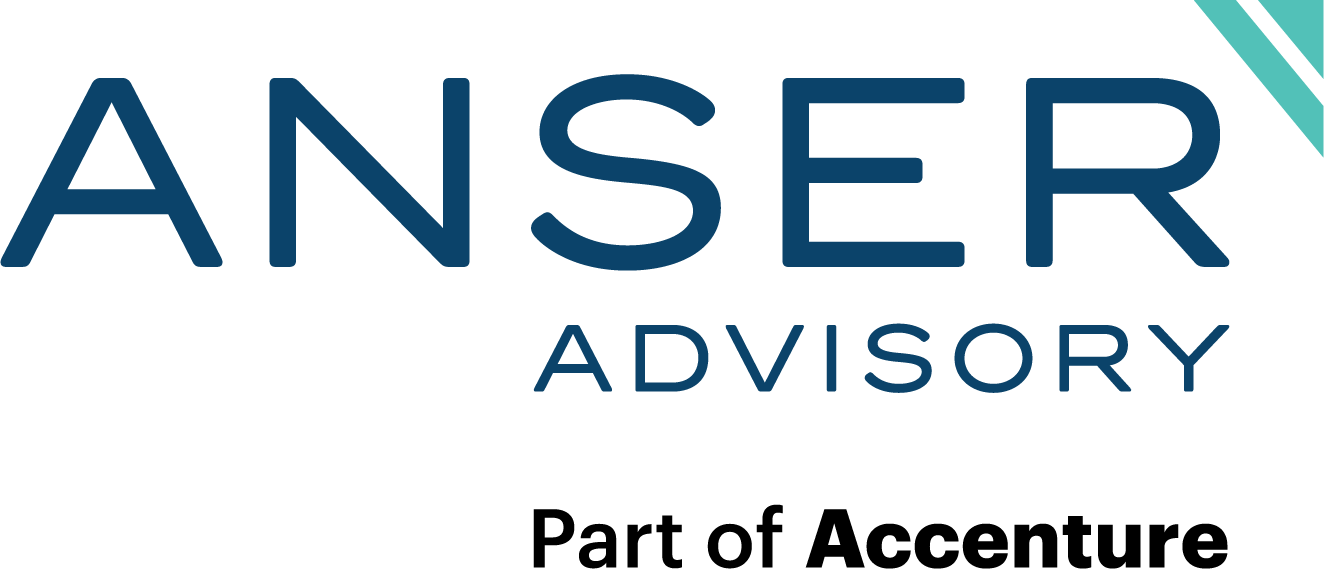One segment of Anser Advisory’s branded Leadership Development is the Myers-Briggs Type II Indicator® (MBTI®) assessment. The results are designed to identify a person's personality type, strengths, and preferences. This helps trainees understand their own communication preferences and how they interact with others. Awareness helps you adapt your interpersonal approach to different situations and audiences. What follows is a high-level view of the MBTI process.
MBTI Personalities Overview
The MBTI system describes trainees through four opposing personality functions, known as dichotomies, preferences, or scales. The first three preferences are based on the writings of Dr. Carl Jung. Katherine Cook Briggs added the final preference, Judging versus Perceiving, based on her own observations.
- Extraversion vs. Introversion: How do you gain energy? Extraverts like to be with others and gain energy from people and the environment. Introverts gain energy from alone-time and need periods of quiet reflection throughout the day.
- Sensing vs. Intuition: How do you collect information? Sensors gather facts from their immediate environment and rely on the things they can see, feel, and hear. Intuitives look more at the overall context and think about patterns, meaning, and connections.
- Thinking vs. Feeling: How do you make decisions? Thinkers look for the logically correct solution, whereas Feelers make decisions based on their emotions, values, and the needs of others.
- Judging vs. Perceiving: How do you organize your environment? Judgers prefer structure and like things to be clearly regulated, whereas Perceivers like things to be open and flexible and are reluctant to commit themselves.
Once you have decided which style you prefer on each of the four dichotomies, you use these four preferences to create a four-letter code that sums up your personality type. For example, someone with a preference for Introversion, Intuition, Feeling, and Judging would have the code “INFJ" (an Intuition preference is signified with an N to avoid confusion with Introversion). There are 16 possible combinations or, personality types.
Not a Competition
No one personality type is "best" or "better" than another. The goal is simply to help you learn more about yourself. The questionnaire itself is made up of four different scales.
Using MBTI Results as a Building Block
Once you understand your communication preference and those of your team, you can work toward the following improvement:
About Anser Advisory’s Leadership Development Program (LDPx™)
LDPx™ targets emerging leaders from the commercial and government sectors. The curriculum includes planning strategically, growing and enhancing working relationships, identifying, and developing opportunities for workplace enhancement, building team culture, developing and managing employees, and managing financials. Our approach is practical and hands-on with an emphasis on immediate and frequent application. Download the program one-pager for more information about LDPx™ including pricing and upcoming course dates.
Contact Us
Enroll in LDPx™ training here or email rachel.hanigan@anseradvisory.com to request more information.


